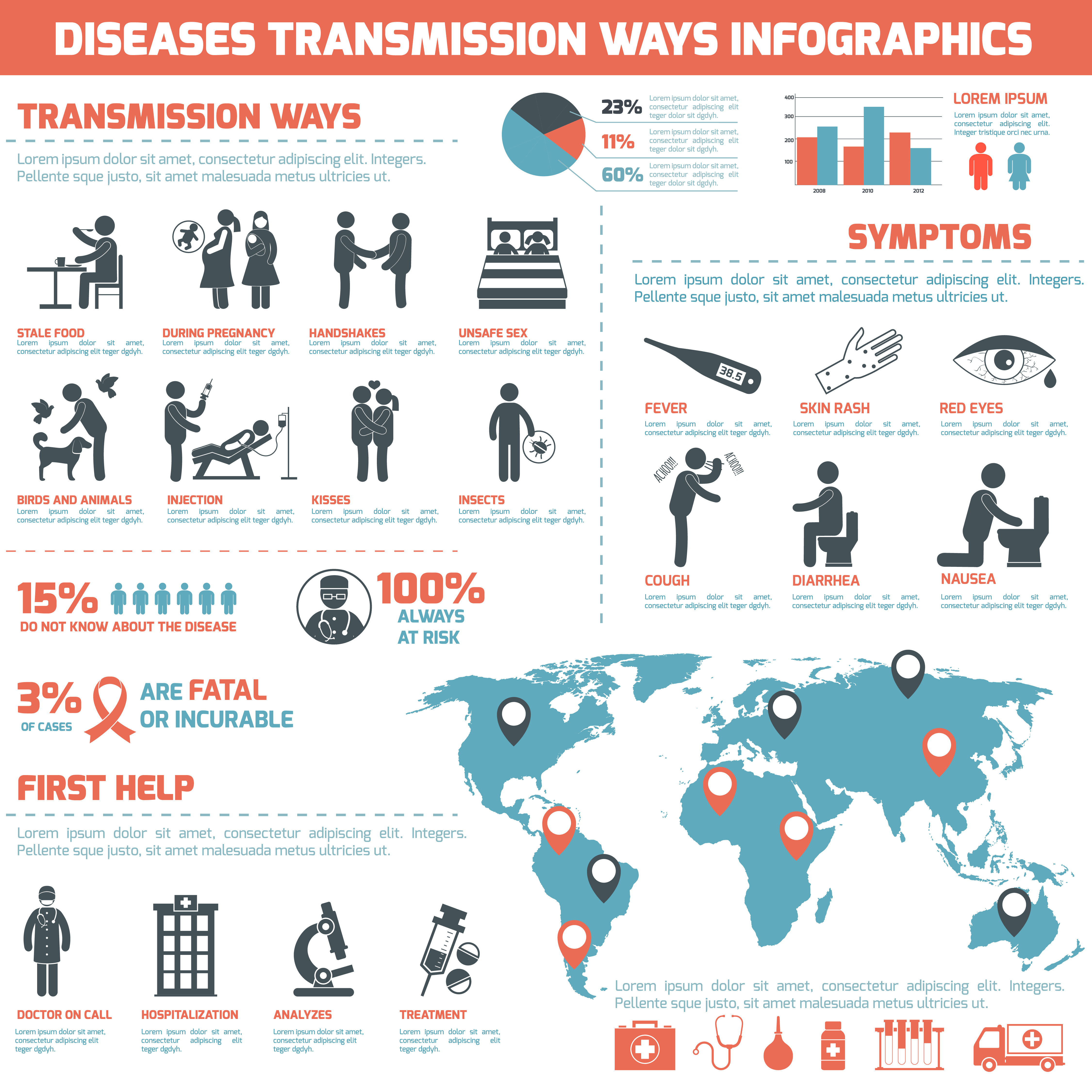

The study was specifically conducted in Kouroussa Commune, and Sanguiana and Babila Sub-Prefectures with populations of 39,611, 23,809 and 16,290 respectively. The Prefecture is inhabited by an estimated population of 268,224. Study area: Kouroussa is a Prefecture located in the Kankan Region of Guinea, at about 600 kilometers east of Conakry, the Capital. There is no KAP study related to Ebola conducted in Guinea and this piece is meant to fill the gap and to inform the behavior change communication strategies in the combat against Ebola. About 40% of the respondents believe that they can prevent Ebola by bathing in salty water while about 20% believe that spiritual healers can successfully treat the disease. The report also shows that significant proportion of the community reported misconceptions regarding prevention and treatment of Ebola. Similarly, 91% agreed that by immediately taking a suspect case to health facilities the spread of Ebola in the community could be reduced. The KAP report from Sierra Leone shows that 87% of respondents agreed that Ebola could be prevented by avoiding handling blood or any other body fluids while 85% believed that avoiding funerals that require touching of the dead body could prevent Ebola. Regarding the chances of surviving once caught the disease, evidences suggest that intensive treatment as early as possible in the course of illness would boost survival. In addition, avoiding funeral or burial rituals that require handling the body of someone who has died from Ebola, and avoiding contact with bats and nonhuman primates or blood, fluids, and raw meat prepared from these animals are among the necessary steps to avoid contracting EVD. Washing hands with soap and water or an alcohol based hand sanitizer and avoiding contacts with blood and body fluids are the main hygienic practices to prevent EVD. Prevention and control of Ebola Virus DiseaseĬareful practice of hygiene remains the mainstay to prevent transmission of EVD. On the other hand, about 30% of the respondents believe that EVD could be transmitted through air or mosquito bites. Preparing or eating bush meat was mentioned by 52% of the respondents to transmit the disease. Only 55% of respondents believed that physical contacts with known Ebola patient could transmit the disease while 32% and 43% believed Ebola could be transmitted through contact with blood and other body fluids. In Knowledge, Attitude and Practice (KAP) study conducted in Sierra Leone in 2014, generally low level of knowledge was found regarding modes of transmission of EVD. There is no evidence that Ebola is transmitted through the air, by water, or through mosquito bites.

Īccording to the Centers of Disease Control and Prevention (CDC), the Ebola virus can spread through direct contacts with blood or body fluids of a person who is sick with Ebola, objects that have been contaminated with the virus, and infected fruit bats or primates (apes and monkeys). The WHO Patient database shows that a total of 19 cases have been reported so far from Kouroussa Prefecture during this outbreak where it claimed the lives of 11 people. Guinea is the third hardest hit country in the region with 2,806 cases and 1,814 deaths as of Janu. As of 11 January 2015, a total of 21,261 cases and 8,414 deaths were reported from the three West African countries. Sierra Leone, Liberia and Guinea are the hardest hit countries by the outbreak while other countries including Nigeria, Mali, Senegal, Spain, United Kingdom and United States were also affected. The first case was notified in March 2014 and it is believed that this outbreak started in Guinea and further spread to neighboring countries of Sierra Leone and Liberia. The current Ebola outbreak in West Africa is the largest and most complex outbreak in history since it was first discovered in 1976 in Congo. Even though the natural reservoir remains unknown, evidences lead to conclude that the virus is animal-borne where bats are the most likely reservoir. Ebola also known as Ebola Virus Disease (EVD) is a rare and deadly disease caused by infection with a virus of the family filoviridae, genus Ebola virus.


 0 kommentar(er)
0 kommentar(er)
